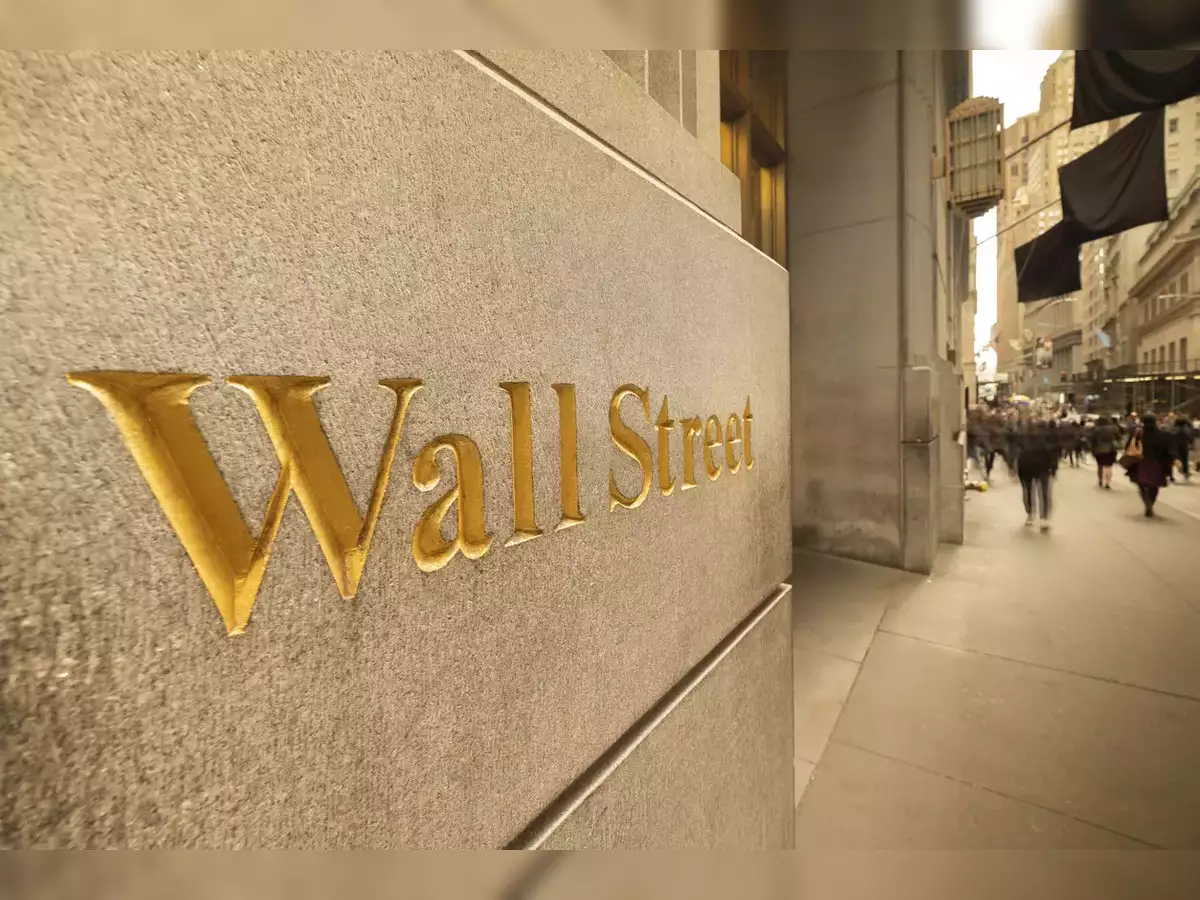Reuters: NEW YORK A number of signs that earlier this year suggested that U.S. stocks would rise have changed to a more neutral picture, potentially leaving markets vulnerable to volatility brought on by the recent rise in bond yields and concerns about China’s economy, according to investors.
Extreme pessimism is viewed by some investors as a sign to buy, and vice versa, while extreme optimism is regarded to be a good sign to sell. Measures like stock positioning and cash allocations showed significant bearishness at the beginning of the year, reflecting investors’ gloomy view in the wake of a violent selloff in 2022 and forecasts of a recession in the second half of this year.
But in the months that followed, indications of a robust economy and declining inflation brought investors from the sidelines and increased risk appetite, leading to an almost 14% increase in the S&P 500 this year. The result, according to some, is that there is less money sitting on the sidelines to fuel future gains and fewer sceptic investors to persuade.
According to strategists at BofA Global Research, bearish posture was a “strong tailwind” for risk assets in the first half of 2023 but “not the case” in the second.
Cash allocations dipped to 4.8% in August, the lowest level in 21 months, according to the bank’s survey of fund managers. As a result, the “cash rule” indicator, which is set to “buy” when allocations are greater than 5%, was changed to “neutral.” Fund managers appeared to be the least pessimistic since February 2022, according to the study.
The AAII Sentiment Survey indicates that retail investors are now less bearish than they were in September 2022.
According to Willie Delwiche, a strategist at Hi Mount Research, “there was plenty of pessimism in the market earlier this year and that shift from pessimism to optimism was fuel for a rally.” We observed how it swiftly transitioned from overly pessimistic to overly optimistic, and now we are beginning to observe that roll over.
Investors anticipate learning more about how long the Federal Reserve plans to keep interest rates at their current levels during its annual symposium, which will be held in Jackson Hole, Wyoming, at the end of the next week.
It remains to be seen if investors will view the falls as an opportunity to purchase on the cheap or a hint to ease up on stocks as the rush of confidence that helped propel markets is being challenged this month.
The yield on the standard 10-year Treasury note in the United States hit its highest level on Thursday since October, while the S&P 500 is down more than 5% from its intra-day high in late July. The real yield on U.S. Treasury bonds, which accounts for inflation, is currently close to its highest level since 2009.
Given that U.S. government-backed Treasuries are considered to be nearly risk-free, higher rates on those securities may deter investors from purchasing stocks, especially given that market valuations are high by historical standards.
Meanwhile, concern over China’s escalating real estate crisis and its effects on the nation’s faltering economy have increased after troubled developer China Evergrande Group this week requested U.S. bankruptcy protection.
According to Quincy Krosby, chief global strategist at LPL Financial, “the market is particularly vulnerable right now” as a result of the spike in bond yields and worries about contagion in the Chinese real estate market.
She anticipates that markets will continue to fluctuate up until the start of third-quarter results announcements in October. Investors will probably reallocate more money to stocks later in the year if the market stabilises, she predicted.
Optimism has increased, but it is still far from extreme, and cash levels are still higher than they have ever been. Despite the fact that inflation has slowed and the Fed is unlikely to raise interest rates much more, bullish investors have found encouragement in signals that the U.S. economy will probably avoid recession this year.
In expectation of continued economic expansion, Steve Chiavarone, senior portfolio manager at Federated Hermes, has increased allocations to industries like energy and materials.
In the short to medium term, the market “might not be bullish enough,” according to Chiavarone. According to research conducted by his company, the S&P 500 has historically increased by an average of 14% during Fed tightening pauses.
He declared, “Today is not the time to get bearish.”
(Editing by Ira Iosebashvili and Cynthia Osterman; reporting by David Randall)

